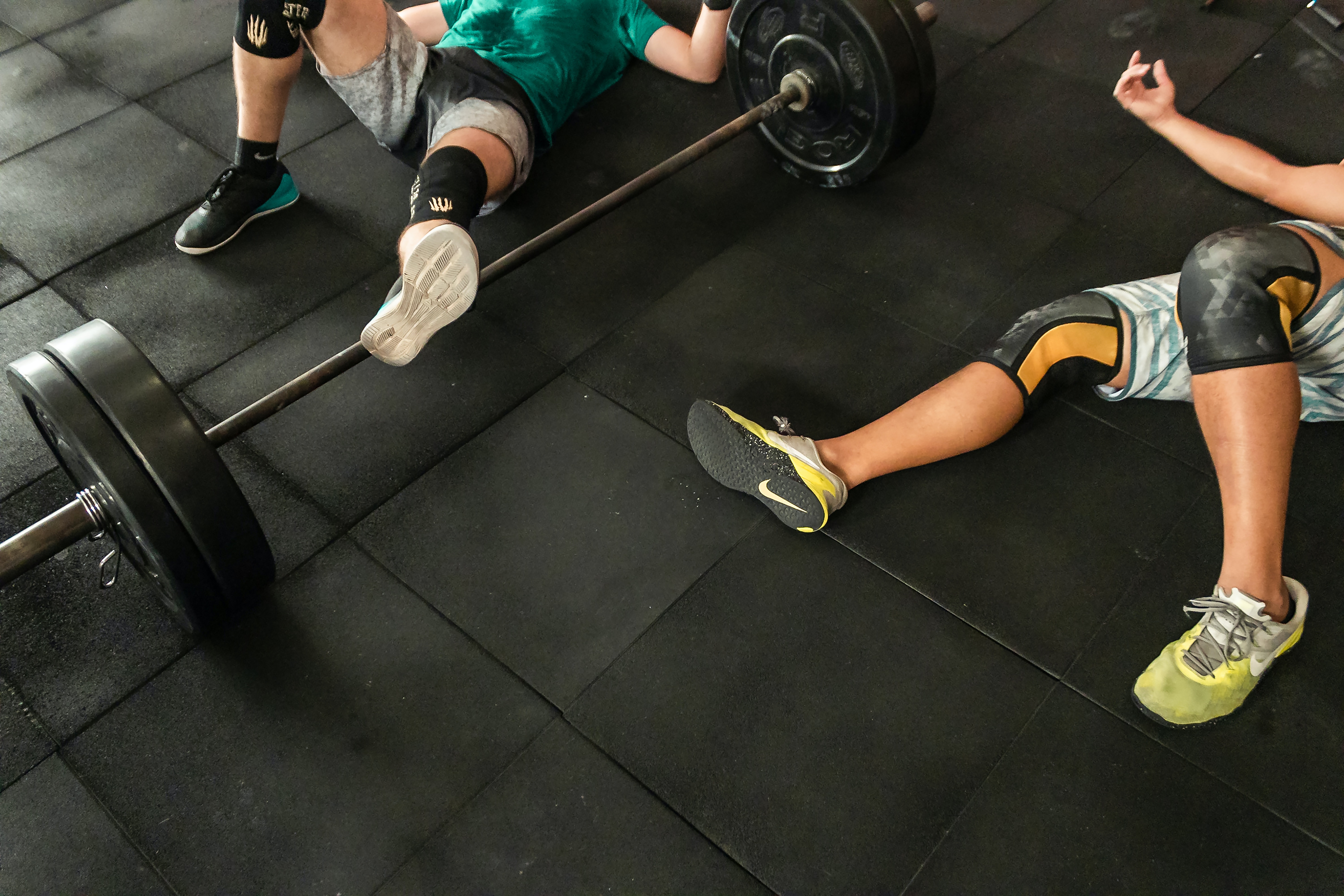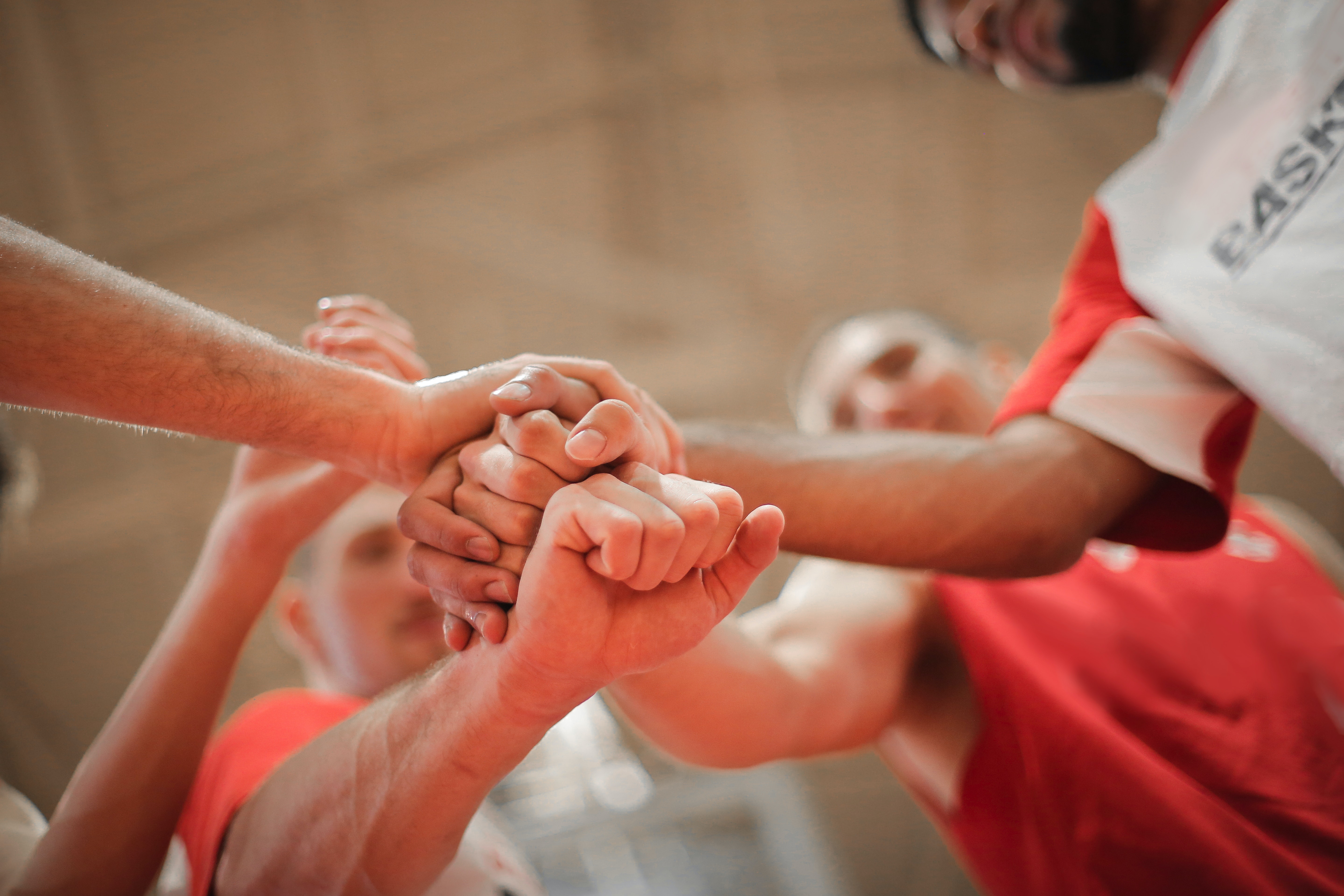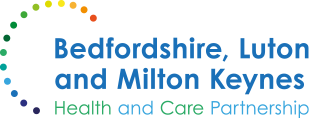Exercise
ideas on how to start
It can be hard to know where to begin when it comes to doing something new, and exercise is no exception. There are lots of health and wellbeing benefits to exercise, especially when it's combined with healthy eating, but it takes time to build up strength and stamina. Things won’t improve overnight so try not to get disheartened. Here are a few ideas that might help get you started:
- Pick something you enjoy, that way you're more likely to stick with it. If you look forward to exercise, it's more likely to become part of your daily, or weekly routine, rather than a chore.
- Work out whether you prefer to exercise alone or with a group. As well as helping to improve your health, exercise can be something you can do with friends or even a way of meeting new people.
- Look into the clubs offered after school, as some of these will probably be free.
- If you'd rather exercise at home, take a look on YouTube for exercises.
- Talk to your PE teacher in school for advice on what exercise you could be doing.

The benefits of exercise:
- You sleep better: there is a strong link between exercising and getting better sleep. If you get better quality sleep then you feel more energised the next day
- It reduces your stress levels: exercise releases ‘feel good hormones’ produced by your brain into your body that give you a natural ‘high’, helping you to reduce your stress levels and leaving you better able to cope
- It makes you physically and mentally stronger: exercise not only gives your body a work out, it’s good for your brain too
- It can often help to give you more energy
- It improves your coordination and balance: having good balance and coordination, and core strength, which you can develop through exercise, helps you to have better posture and a stronger spine
- It improves your cardiovasicular fitness: by increasing your heart rate, you strengthen your heart, increase stamina, improve blood flow, burn fat and improve your body’s ability to deliver oxygen and energy to your muscles.
- It increases your self-confidence: as you get stronger and healthier, you may also feel happier and more confident.
Simple ways to get exercise in:
- Try walking to school: if you live within walking distance from school, making the journey to and from school on foot every weekday is a great way of getting more exercise into your routine. Alternatively, you could trying cycling, using a scooter, or even roller skating. These all help to get your blood pumping and your lungs filled with oxygen.
- Turn on some music: dancing is a great way to get moving whether it's on your own or with your family or friends.
- Take the stairs if you can: as well as getting your heart pumping, using the stairs will fire up your leg muscles particularly the glutes in the back of your thighs.
- Get moving at lunchtime: after you’ve been sitting in lessons all morning, make the most of your lunch break to stretch your legs and get moving. Head outside for a walk or grab a football for a kick about with friends; anything that gets you active during the day.
- Make your bed every morning: making your bed first thing in the morning is a really easy way to get your muscles moving and warmed up.
- Tackle the house hold chores: while you may not consider these chores as exercise, these small activities contribute to your overall fitness, particularly in terms of bending and stretching.
- Seated exercises: there are lots of alternative seated exercise videos both for strength and fitness available on uTube and you can add weight to any exercise by holding a water bottle or even tins of food.
TYPES OF EXERCISE

Rather than focusing on just one form of exercise, it's a good idea to do lots of different activities. This means you get the benefit from a range of different forms of exercise without getting bored. It also means you can chose what to do depending on the way you feel at one particular time. Some days you may have the energy for a long walk, on other days you might prefer to do some gentle stretching at home, or you may want to kick a ball around in the park with your friends. There are three main categories of exercise: aerobic, strength and flexibility/stretching.
Aerobic exercise tends to be high impact exercise, such as running or swimming or doing jumping jacks, that get your heart pumping and leaves you out of breath as your lungs take in more oxygen. (The word aerobic means “with oxygen,” meaning that your breathing determines the amount of oxygen that gets to your muscles.)
Strength exercise tends to focus on low impact exercises which work on strengthening muscles and improving co-ordination. (Depending on the weight you're using, the effort of strength training can still leave you out of breath even though it's low impact.)
Flexibility and stretching reduces the likelihood of getting an injury and can help build balance and co-ordination.
What is moderate exercise and what is vigorous exercise, which are both described below, varies for each individual and depends on your starting point. For those who aren't used to it, walking can be a vigorous form of exercise. But for people who walk regularly, it may count as a more moderate form of exercise. Whether walking counts as moderate or vigorous, can also depend on the speed you're walking, so there's lots that can be taken into account! If any form of exercise leaves you out of breath, it can be said to be vigorous.
What is moderate exercise?
Moderate exercise is low level exercise like walking, cycling on flat ground, skipping, riding a scooter, walking the dog or walking to school. Moderate exercise raises your heart rate and makes you sweat. One way to tell if you’re working at a moderate level is if you can still talk, but can’t sing the words to a song.
What is vigorous exercise?
Vigorous exercise is higher impact exercise like running, cycling, football, rugby, swimming, dancing, martial arts and many more. Vigorous exercise helps to improve your muscle and bone strength. This type of exercise can often help to improve your mood and may even increase your self-esteem.
There are lots of helpful websites that contain aerobic, strength, flexibility and even mildfulness exercises (such as yoga and pilates) for all levels.
Exercising safely
Despite the many benefits it brings for both physical and mental health, it's important to be mindful when embarking on a new exercise so it may be a good idea to consider the following before starting an activity:
- Starting slowly: Choosing the appropriate activity type, duration, and frequency of exercise can help reduce the risk of injury. Start any new exercise slowly and increase it bit by bit - don't run before you can walk! Make sure that you do exercises that are suitable for your age, ability and experience. It takes weeks and even months to build stamina and strength so remember to be patient and don't feel that you need to rush into anything.
- Dressing for the occasion: Wear comfortable, loose-fitting clothes that let you move freely and are lightweight enough to release body heat. You don't need specialist sports clothing, shorts or leggings and a T-shirt work just as well.
- Warming up and cooling down: Both warming up and cooling down help to prevent injury and are well worth the time. A warm up could be a five minute gentle walk, some jumping jacks, or even just some static bending and stretching. After you finish exercising a five minute cool down with some gentle stretches should allow your heart rate to come down and stop your muscles aching the next day.
- Staying hydrated: It's important to keep drinking when your excercising as well as afterwards. As sweat evaporates from your skin, it removes heat from the body, but you also lose body fluid. This will reduce the risk of heat stress, maintain normal body function and performance levels. Water is fine if your exercising for less than 90 minutes but an isotonic drink, such as Lucozade, is recommended for longer periods as these contain similar concentrations of salt and sugar as in the human body so are quickly absorbed and retained.
- Listening to your body: Muscles do get tired during exercise and being out of breath is normal. However, if something starts hurting or you feel dizzy and exhausted, stop immediately. It's better to take it slowly and build up over a period of weeks and months, rather to risk injuring yourself by overdoing it.
- Avoiding over-exercising: Over-exercising can cause fatigue and sleep disturbance as well as increasing the risk of injures such as stress fractures, muscle strains and joint pains. Once again, listening to your body and allowing yourself time to rest can help keep you from overdoing it. (The recommended guideline for 5 - 18 year olds is an average of about 60 minutes of moderate or vigorous activity spread across each day every week.)
- Using proper form and equipment: Doing an exercise with proper form and equipment will also prevent injury. This is particularly important when exercising with weights. Young people can use weights for resistance exercise if they are shown how to use weights correctly by someone who is qualified.
- Fueling up: Give your body the energy it needs to do the job you want — even if you are trying to lose weight. Skimping on nutrition can reduce muscle mass, lower bone density and cause fatigue. This puts you at risk of injury and illness and increases recovery time. While carbohydrates (such as pasta) supply energy, protein (eggs, meat and fish) facilitates muscle building and recovery. Eating a carbohydrate food paired with protein can maximize muscle strength and size. Aim to consume a snack with protein and carbohydrates 30 minutes after exercise, followed by a full meal two hours later.
-
If you have a health condition, get advice from your doctor before beginning a new exercise.
-
Self-care: Although exercise can relieve stress, it should not be used as a coping mechanism. If you struggle, consider using our self care page which provides advice and links to strategies to build up coping mechanisms.
Online exercise videos
There are lots of online exercise videos for all ages and abilities. Here are just a few:
Fitness Blender contains hundreds of free cardiovascular, strength, yoga and stretching exercises ranging from 5 minutes to 50+ , as well as lots of recipes and articles for a whole body and mind approach to being healthy.
Joe Wicks also provides lots of short workouts for beginners which are easy to find on any search engine.
Fitness Studio Exercises on the NHS website also provide a range of online exercise videos, including belly dancing for beginners & an introduction to the Coach to 5K running plan for beginners.
WheelPower aims to encourage disabled people to participate in sport and have produced a serious of online upper body exercise videos.
Bedford Live allows you to access fitness videos at home either by joining in their live stream classes or by using the free pre-recorded videos available on their YouTube channel, Bedford Activity Sessions. Classes include chair-based activities as well as yoga, pilates and tai chi sessions.
SPORT CENTRES & SWIMMING POOLS
There are many council-run facilities across Bedford, Luton & Milton Keynes which offer access to a range of indoor activities including swimming, squash, badminton & fitness classes. Please see links below to find leisure centres in your area:
PARK RUNS
What? Parkrun is a free, fun, and friendly weekly 5k community event. Walk, jog, run, or spectate – it's up to you. You can join in whatever your pace.
When? They are held every Saturday at 9:00am.
How much does it cost? Parkruns are free but please register before you come along. You only ever have to register once and, if you want to get a time for your run, don't forget to bring a scannable copy of your barcode, although this isn't a requirement.
Where? They take place at a range of venues in parks across Bedford, Luton & Milton Keynes. Please see below for links to your area:
The information on this page has been taken from Health for Teens which introduces a new and different way for young people aged 11-19 to learn about their health. For more of their information on exercise please click here.



